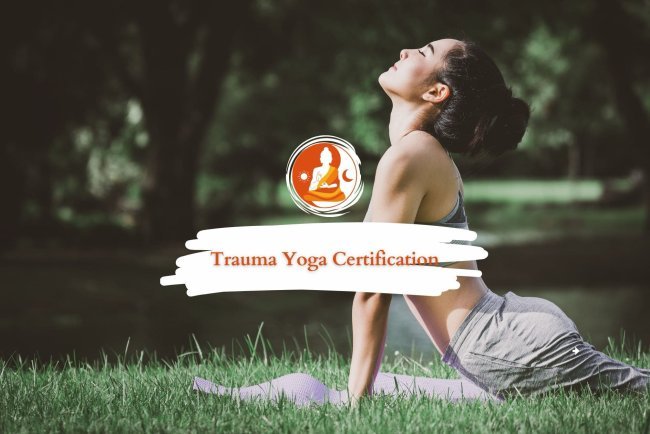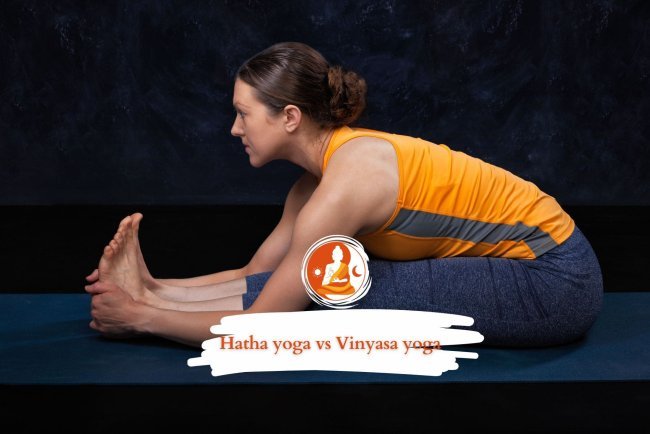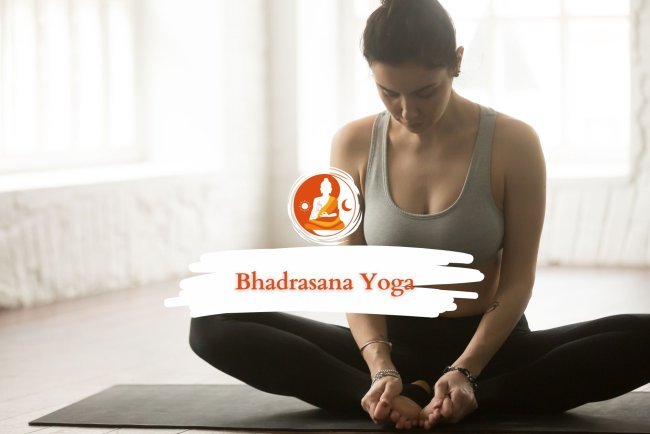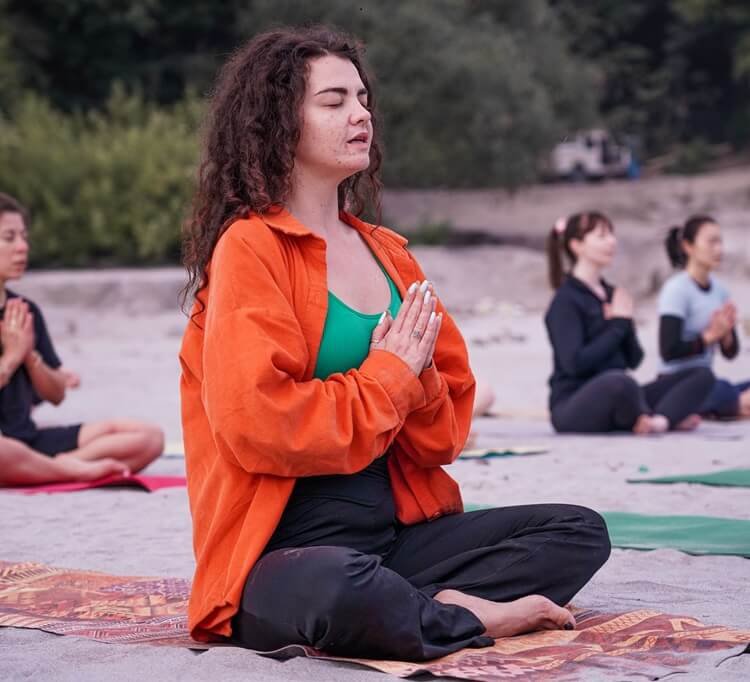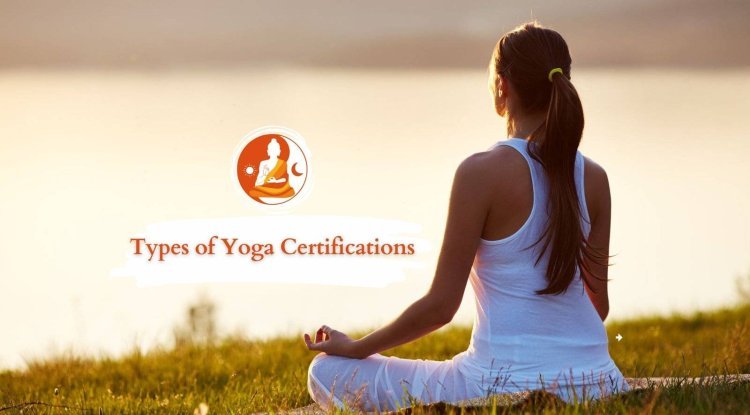What to Bring to Yoga Class: Your Essential Guide for a Fulfilling Practice

An important aspect of your yoga practice is getting ready for class. What to bring to yoga class determines how comfortable you are and how much you enjoy the practice. In this comprehensive guide, we will go over the must haves for your yoga class as well as some of the more nifty accessories that may really elevate your practice. We will discuss the yoga mat, props, clothes, water, and other personal things that are essential for a successful practice.
If you want to know what to bring to yoga class so you can relax and concentrate on your practice, this article will give you a good suggestion. No matter your level of yoga practice, this all inclusive packing list will guarantee that youare prepared for a rewarding practice.
Your Yoga Mat: The Foundation of Your Practice
There is no doubt that your yoga mat will be an essential tool for your practice. In addition to providing the support and cushioning you need for your practice, it also acts as your own area.
Choosing the Right Mat for Your Needs
Keep these things in mind as you shop for a yoga mat:
Thickness: The usual thickness range for mats is 1/16 inch to 1/4 inch. Mats with a thinner profile are better for balancing and standing postures, while those with a larger profile are excellent for sitting and laying down.
Fabric: There is a wide variety of materials used to make yoga mats, and each has its advantages:
- PVC: Long lasting and simple to clean, but certainly not eco friendly
- Rubber: Non toxic, provides excellent traction, but might smell strongly at times.
- Cork: In addition to being naturally antibacterial, cork makes for a great wet grip.
- TPE (Thermoplastic Elastomer): A less harmful substitute for polyvinyl chloride is thermoplastic elastomer, or TPE.
Texture: The grip of your mat is affected by its texture. While the inherent characteristics of the material are relied upon by some mats, others provide raised patterns for enhanced grip.
Size: Yoga mats typically measure 68 inches in length and 24 inches in width. An extra long mat will provide more covering for those of you who are taller.
Portability: Consider a small, lightweight mat that you can fold up and put in your yoga bag if youare going to be doing your yoga session on the go.
Durability: While a premium mat can cost more up front, it will save money in the long run because to its superior construction and extended lifespan.
Style: Although it is not the most critical consideration, picking up a mat with a pattern or color that you like will certainly improve your practice experience.
If you want more stability and comfort when practicing yoga, it is worth it to invest in a high quality mat. Keep in mind that you will be spending the most of your class time on your mat, so it is important to choose one that is comfortable and supportive.
Read Also: Yoga Poses On One Leg
Comfortable and Breathable Attire
Your yoga practice will benefit greatly from wearing appropriate attire. You should be able to move freely, stay dry, and feel good in what youare wearing.
Dressing for Comfort and Flexibility
When deciding on your yoga clothes, here is a comprehensive rundown of everything to keep in mind:
Tops: Choose fitted clothes so they stay put while youare upside down. Keep an eye out for:
- Fabrics that wick away sweat, such as nylon or polyester mixes
- Integrated shelf bras for supplementary support
- Lengthier materials to avoid exposing themselves when twisted and bent
- Comfortable, breathable clothing for hot yoga and other strenuous workouts
Bottoms: Pick up some loose fitting pants or shorts. Some popular choices are:
- Pants or capris used for yoga
- Wearing shorts that are just the right length for yoga (to avoid sliding while posing)
- Pants that do not fit quite right but include ankle elastics to keep you from tripping
Sports Bras: For women, a supportive sports bra is a must have, particularly for the more active forms of yoga. Think about:
- Minimum, medium, or high level of impact assistance required
- The ability to wick away moisture
- Straps that are soft and will not chafe the shoulders
Layers: Depending on your natural temperature swings, it is a good idea to bring a lightweight sweater or shawl to wear at the start and finish of class. Particularly for:
- First thing in the morning lessons
- Sessions of restorative or yin yoga, during which you may rapidly decompress
Underwear: Pick up some comfortable, breathable, moisture wicking underwear that will not ride up or chafe when you work out.
Footwear: Although most yoga practitioners choose to work out barefoot, you may find it helpful to bring:
- For the journey to and from the class, a pair of sandals or flip flops
- If you would rather not work out on your bare feet, you can use yoga socks with grips.
Comfort is paramount. Dress in a way that does not restrict your movement or distract you from your practice. It is best to wear snug, supportive clothes when doing downward dog or inversions. Loose t shirts, on the other hand, might fall over your face.
Also Read: What is Rocket Yoga?
Hydration Essentials: Keeping Your Body Nourished
Any kind of physical exertion, including yoga, needs regular hydration. Staying hydrated is essential for several reasons during yoga: it keeps you flexible, keeps you from becoming tired, and promotes your general health.
What to Take to Yoga Class for Optimal Hydration?
Before your yoga practice, make sure you are well hydrated by reading this:
Water Bottle: Make sure you stay hydrated before, during, and after class by bringing a reusable water bottle. Keep an eye out for:
- Bags with leak proof constructions to keep liquids from leaking
- Water bottles with insulation to stay cool in class
- Easy to clean and drink from wide mouth bottles
- Risk free goods without bisphenol A
Electrolyte Drinks: You may want to bring an electrolyte rich drink to help restore minerals lost during more strenuous exercises or hot yoga sessions. Possible choices are:
- An electrolyte rich coconut water
- Choose sports beverages that are minimal in sugar.
- Tablets containing electrolytes that may be mixed with water
Drinking Routines:
- Staying well hydrated is essential in the hours leading up to your lesson.
- In order to avoid potential pain in some positions, it is recommended that you refrain from consuming considerable quantities of water just before or during practice.
- During the class natural breaks, take little sips.
- To stay hydrated after class, drink plenty of water.
Pay attention to your body thirst cues and replenish your fluids as needed. If you want to get the most out of your yoga practice, avoid soreness, and maintain your flexibility, drink enough of water.
Also Read: How to Prepare for Yoga Teacher Training?
Personal Hygiene Items
Maintaining good personal cleanliness is an essential part of practicing yoga, particularly in communal settings. You can stay relaxed and rejuvenated throughout your session if you bring the correct things.
Essential Items for Cleanliness and Comfort
It may be helpful to bring the following things for your personal hygiene to your yoga class:
Towel: You may use a little towel for things like:
- Dabbing off perspiration, especially during hot yoga sessions
- Using communal objects for personal cleanliness
- If your mat starts to slide, you may fix it by adding grip.
Hand Sanitizer: Hand hygiene is essential both before and after class. When working with shared materials, such as mats or props, this becomes very crucial.
Deodorant: If you apply it quickly before class, you will feel revitalised all through practice. Keep an eye out for:
- Alternatives that are natural and do not include aluminum
- For those who are sensitive to strong aromas, there are unscented options.
Face Wipes: After a long workout, a face wipe might be a welcome relief. To prevent skin from being irritated, use mild wipes that are fragrance free.
Change of Clothes: A change of clothing might be helpful if you have someplace to go after class. Remember to bring:
- Sanitized underwear
- A pair of socks
- A new base and top
- Shoes that will work for what you have planned after yoga
Shower Essentials: Bring the following items if you want to use the shower facilities at your yoga studio:
- Compact personal care products
- The rapid dry towel
- For usage in the shower, flip flops
Hair Ties and Headbands: During practice, make sure your hair is not in your face by using:
- Delicate, safe for hair hair ties
- Headbands that wick away sweat
Breath Freshener: An easy way to freshen your breath before hitting the social scene after class is to bring a little bottle of mouthwash or mints.
Your self care and the well being of your fellow yoga practitioners and the common space may be enhanced by practicing proper cleanliness. Keep in mind that other people's sense of smell is important while practicing yoga, therefore less is more when it comes to scented items.
Related Blog: Butterfly Yoga Pose
Props for Support and Alignment
Although many yoga studios provide props, it is always more convenient and sanitary to bring your own. You may change postures, provide support, and enhance your practice with the use of props.
Essential Props to Enhance Your Practice
Here are some props to consider bringing to your yoga class:
Yoga Blocks: These versatile props can help you:
- Modify poses to suit your flexibility level
- Provide support in standing poses
- Deepen your stretches
- Improve alignment in various postures
Yoga Strap: A strap can be useful for:
- Deepening stretches, especially in seated forward folds
- Assisting in binding poses
- Improving flexibility in shoulders and hamstrings
Bolster: A bolster can provide support in:
- Restorative poses
- Meditation
- Prenatal yoga
Knee Pad: If you have sensitive knees, a small cushion or pad can provide extra comfort in kneeling poses.
Yoga Blanket: A blanket can be used for:
- Additional padding
- Warmth during relaxation
- Folding into a makeshift bolster or cushion
Eye Pillow: This can enhance relaxation during savasana by:
- Blocking out light
- Providing gentle pressure on the eyes
Yoga Wheel: While less common, a yoga wheel can help with:
- Backbends
- Opening the chest and shoulders
- Balance and core work
Props can be particularly helpful for beginners or those working with injuries, allowing for safer and more effective practice. They can also help more advanced practitioners deepen their poses and explore new variations.
Mindfulness Tools
Yoga is not just a physical practice but also a mental one. Bringing tools to support your mindfulness can enhance your overall yoga experience.
Items to Support Your Mental Practice
Consider bringing these items to support your mindfulness during and after yoga:
Journal: A small notebook can be useful for:
- Jotting down insights or reflections after your practice
- Setting intentions before class
- Tracking your progress and experiences
Meditation Beads: If you incorporate meditation into your practice, a set of mala beads can be a helpful focus tool. They can assist with:
- Counting breaths
- Repeating mantras
- Staying present during meditation
Essential Oils: A small bottle of calming essential oil can help you relax during savasana. Popular choices include:
- Lavender for relaxation
- Peppermint for energy and focus
- Eucalyptus for clear breathing
Crystals: If youare interested in crystal healing, small stones can be incorporated into your practice for:
- Setting intentions
- Focusing energy
- Enhancing relaxation
Affirmation Cards: A deck of positive affirmation cards can provide:
- Inspiration for your practice
- A focus for meditation
- A positive mindset to carry off the mat
Mindfulness Apps: While not a physical item, having a mindfulness app on your phone can be useful for:
- Guided meditations before or after class
- Tracking your practice
- Setting reminders for your yoga routine
These tools can help deepen your yoga experience, allowing you to connect more fully with the mental and spiritual aspects of the practice. Remember, these are optional additions and should enhance, not distract from, your yoga practice.
Conclusion
Knowing what to bring to yoga class is crucial to a good practice. From the yoga mat to comfortable attire, hydration, and personal cleanliness, every factor contributes to a good yoga practice. Your props and mindfulness tools may strengthen your practice and spirituality. Food after yoga helps your body recuperate, and useful accessories may make your yoga program more enjoyable.
Remember that being prepared is excellent, but do not overpack. An open mind and desire to practice are most crucial. You will probably change your yoga packing list as you go.
Preparation for yoga class is essential for a transformational practice, regardless of experience. Knowing what to bring to yoga class lets you concentrate on breath, movement, and awareness for a more fulfilling experience.
As you learn more about your yoga style and studio, you may change what you bring to class. You could need more props some days or prefer a basic approach. Finding a balance that supports your practice without stressing you out is crucial.
Remember that yoga is personal, so what works for one may not work for another. Try several things to determine what improves your practice. Packing for yoga class will become second nature with time, enabling you to easily move from your normal life to yoga.
FAQs Section!
For reasons of comfort and cleanliness, it is advised to bring your own mat, even though many studios provide one. Having a familiar surface to work on is also an advantage.
Yoga is best practiced in loose, supple clothes that allows for enough movement and air circulation. Keep on tight fitting garments so that your postures do not get obstructed.
In general, you should not eat anything substantial two to three hours before class, but if youare very ravenous 30 minutes before, that is OK. Figure out what makes you feel good by paying attention to your body.
You should definitely bring a water bottle with you to practice so that you can keep hydrated. Also, just in case you forget, most studios usually have water on hand.
Props like blocks and straps may greatly assist novices in changing poses and increasing alignment, but they are not required. You can get them at a lot of places, but you may as well bring your own.
For beginners, essential items to bring include a yoga mat, comfortable clothing, water, and a small towel. You may also want to bring yoga blocks and a strap if you have them, as they can be helpful for modifying poses.
What's Your Reaction?







